
It's usually the closest gene.
Executive Director, Integrative Biology, Internal Medicine Research Unit. Pfizer R&D. All views my own.
Also cats.

I'm curious if anyone has a hypothesis why the lead SNP p-values would have this distribution.

I'm curious if anyone has a hypothesis why the lead SNP p-values would have this distribution.
I'm highlighting 3 outliers here, in orange.
What are these p-values and why do they diverge so much?

I'm highlighting 3 outliers here, in orange.
What are these p-values and why do they diverge so much?
As you know, I am fascinated by extreme GWAS p-values.
Will we see anything beyond the current record holder, 10^-28538, for eye color.
Interestingly, the p-values for all lead SNPs in the @gwascatalog.bsky.social follow a power law

As you know, I am fascinated by extreme GWAS p-values.
Will we see anything beyond the current record holder, 10^-28538, for eye color.
Interestingly, the p-values for all lead SNPs in the @gwascatalog.bsky.social follow a power law
All the analysis, charting and graphs were done by GPT5 operating on a google sheet where I collected the minute by minute stats.
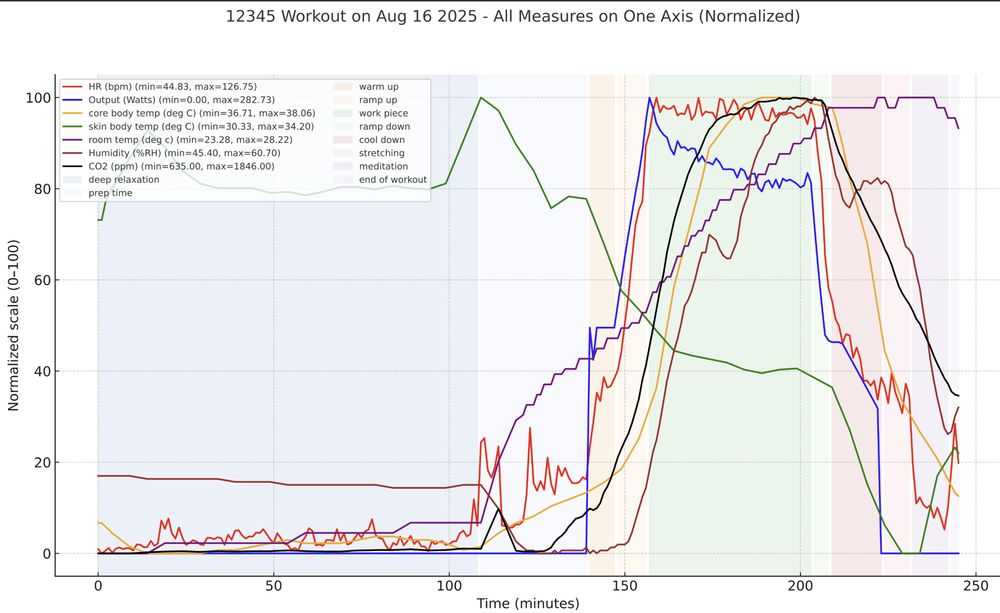
All the analysis, charting and graphs were done by GPT5 operating on a google sheet where I collected the minute by minute stats.



But now GPT4o was able to answer it and suggested approaches to quantify the phenomenon.

But now GPT4o was able to answer it and suggested approaches to quantify the phenomenon.
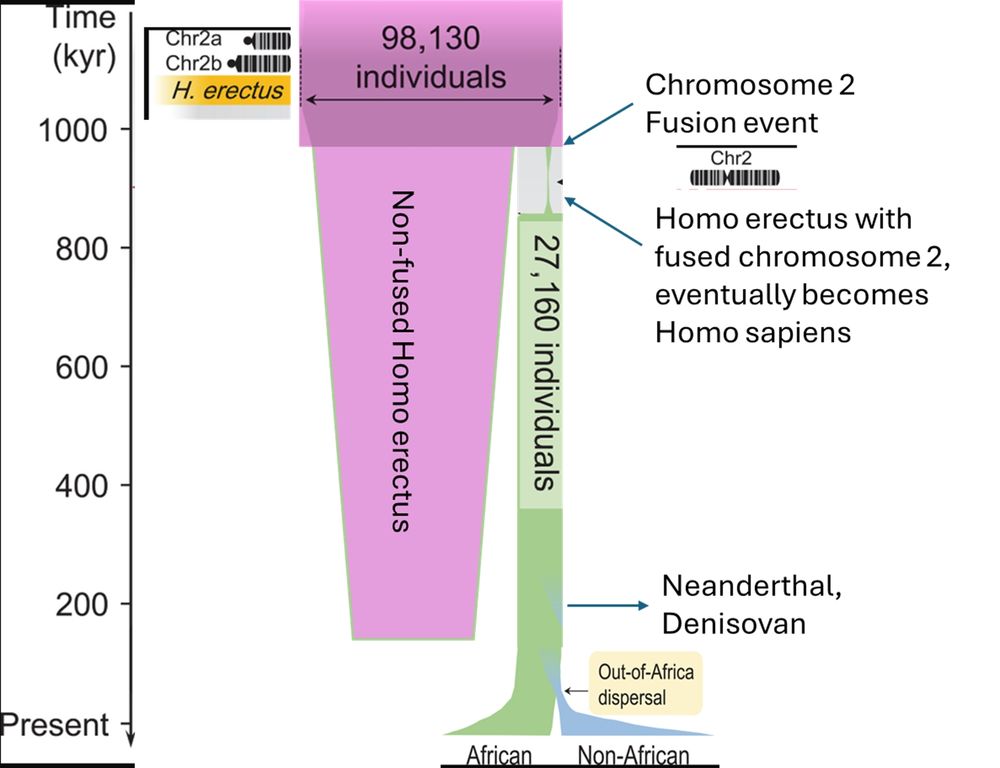
In absolute terms I imagine there was a "bottleneck" of one chr2 fusion carrier.

In absolute terms I imagine there was a "bottleneck" of one chr2 fusion carrier.
No massive extinction event.
Just a genetic barrier between the original population and the fusion carriers.

No massive extinction event.
Just a genetic barrier between the original population and the fusion carriers.
Beating expectations this individual was able to reproduce, nucleating a small cohort of chr2 fusion carriers
molecularcytogenetics.biomedcentral.com/articles/10....

Beating expectations this individual was able to reproduce, nucleating a small cohort of chr2 fusion carriers
molecularcytogenetics.biomedcentral.com/articles/10....
See here: www.nature.com/articles/d41...
But what if there was no extinction event, just reproductive isolation
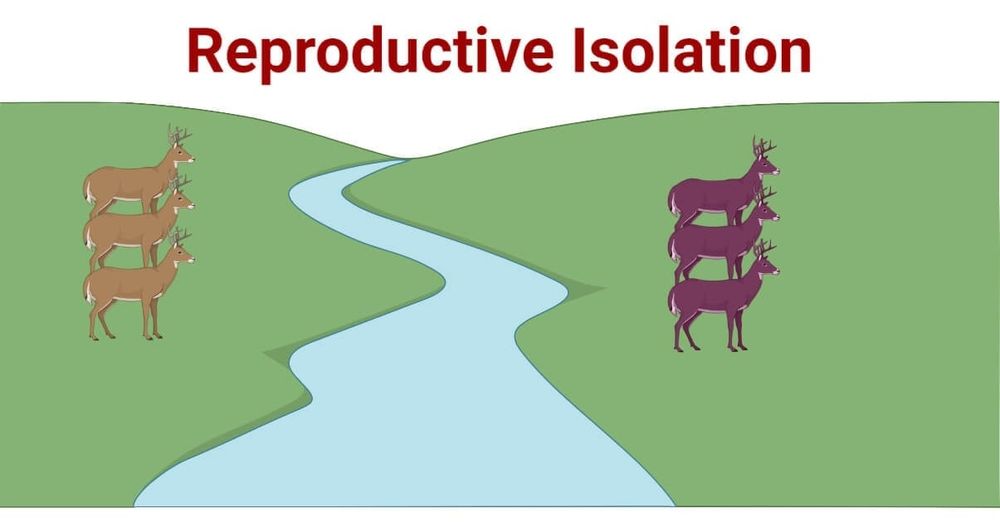
See here: www.nature.com/articles/d41...
But what if there was no extinction event, just reproductive isolation
www.science.org/doi/10.1126/...
This is the authors' model:
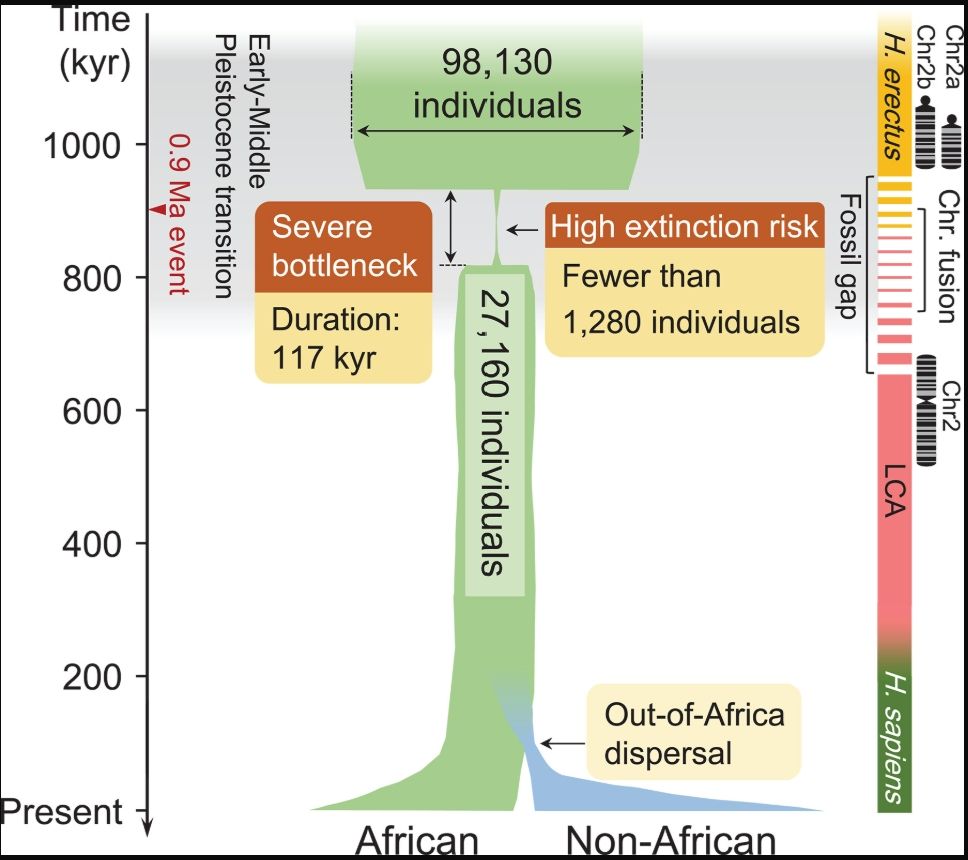
www.science.org/doi/10.1126/...
This is the authors' model:
Could the one have caused the other?
This is my adaptation of the published figure
DOI: 10.1126/science.abq7487

Could the one have caused the other?
This is my adaptation of the published figure
DOI: 10.1126/science.abq7487
These are Mage and Moxie, brothers to my avatar cat, Mojo.


These are Mage and Moxie, brothers to my avatar cat, Mojo.
There are 10s of thousands of gwas.
I hope @opentargets and similar tools will make it easier for everyone to consider the full complement of phenotypes caused by the genetic variant of interest.
In my experience this makes it far easier to infer the likely causal gene.

There are 10s of thousands of gwas.
I hope @opentargets and similar tools will make it easier for everyone to consider the full complement of phenotypes caused by the genetic variant of interest.
In my experience this makes it far easier to infer the likely causal gene.
I guess HbA1c really is the perfect blend of a metabolite QTL and a protein QTL!
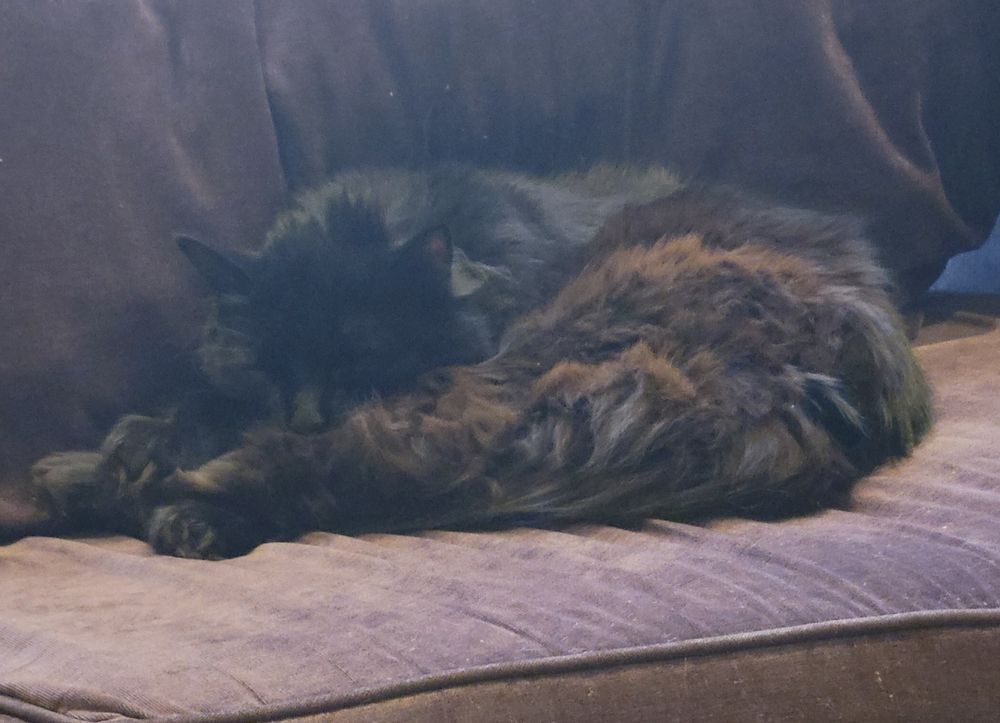
I guess HbA1c really is the perfect blend of a metabolite QTL and a protein QTL!
1300 unique traits
999 unique gene symbols.
What did I find?

1300 unique traits
999 unique gene symbols.
What did I find?
This is where we can take advantage of one of the coolest features of the @opentargets.org platform
Every table has a link to the graphql api query to programmatically reproduce that table!

This is where we can take advantage of one of the coolest features of the @opentargets.org platform
Every table has a link to the graphql api query to programmatically reproduce that table!
platform.opentargets.org/credible-set...

platform.opentargets.org/credible-set...
Specifically we see that all the colocalized traits are related to glucose metabolism.
So maybe HbA1c, the combo of hemoglobin and glucose, behaves just like glucose.


Specifically we see that all the colocalized traits are related to glucose metabolism.
So maybe HbA1c, the combo of hemoglobin and glucose, behaves just like glucose.
I like looking at metabolite QTLs and protein QTLs, so HbA1c is the perfect all-star combo.
Glucose plus hemoglobin!
A metabolite and a protein!
Which genetic signals dominate?

I like looking at metabolite QTLs and protein QTLs, so HbA1c is the perfect all-star combo.
Glucose plus hemoglobin!
A metabolite and a protein!
Which genetic signals dominate?
And who has the time and resources to do all that?
@opentargets.org

And who has the time and resources to do all that?
@opentargets.org

